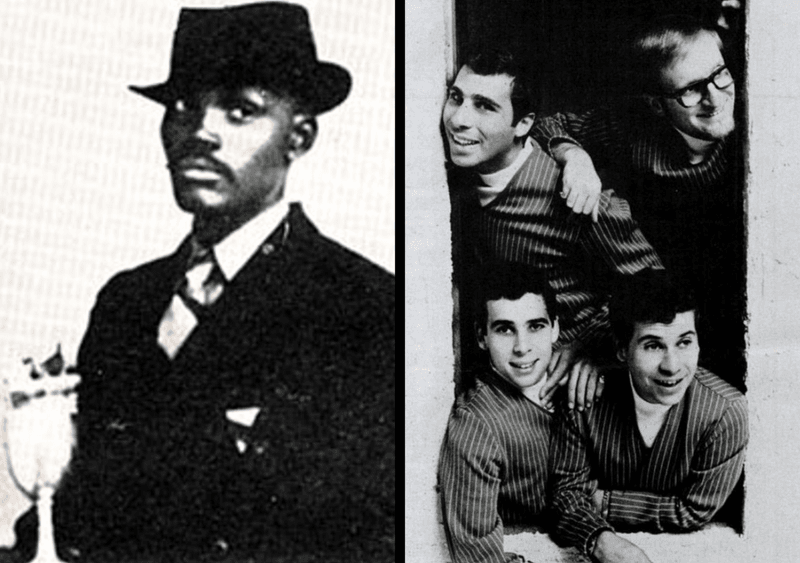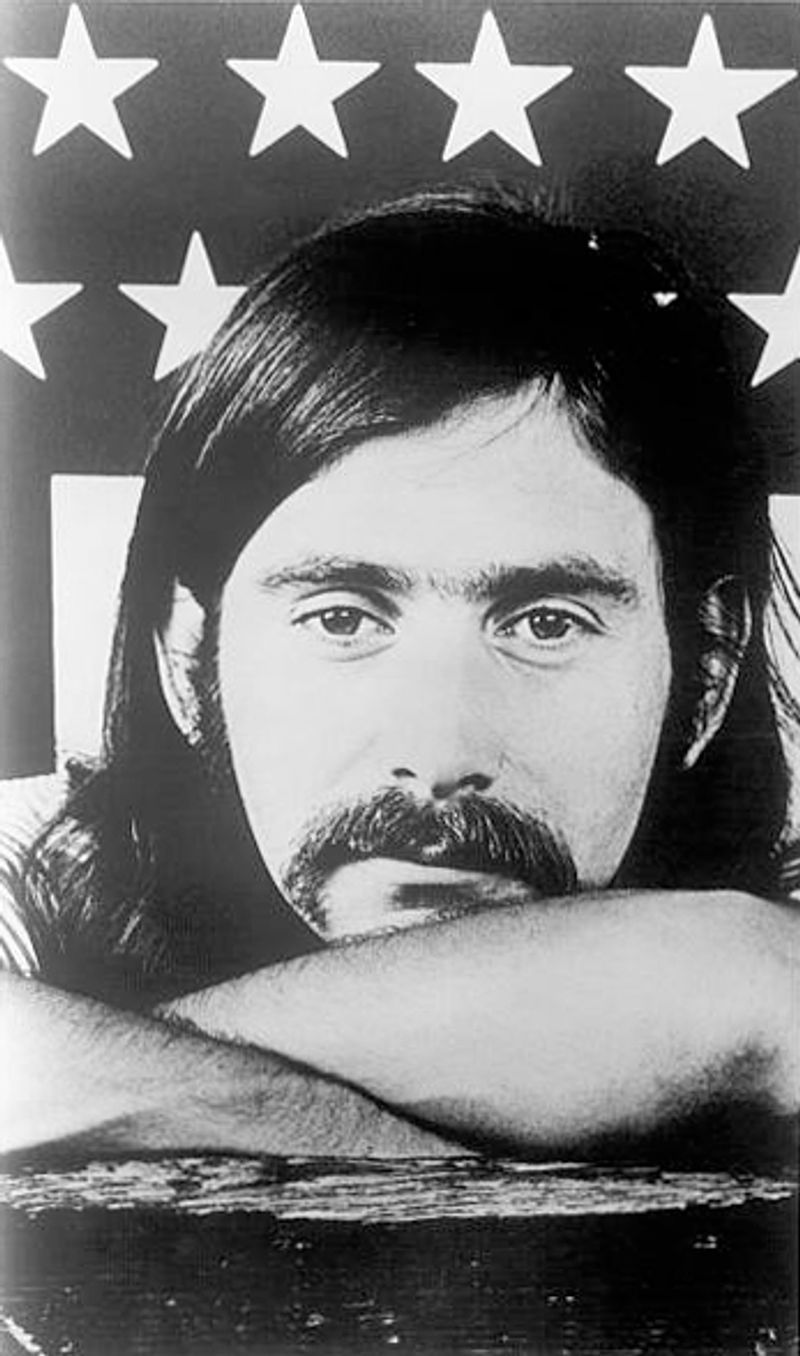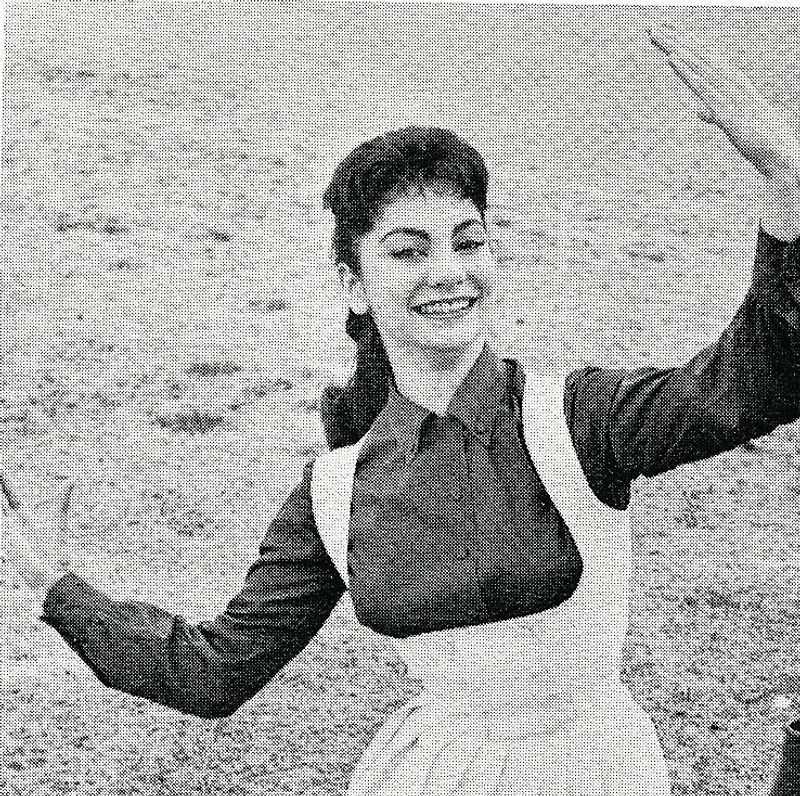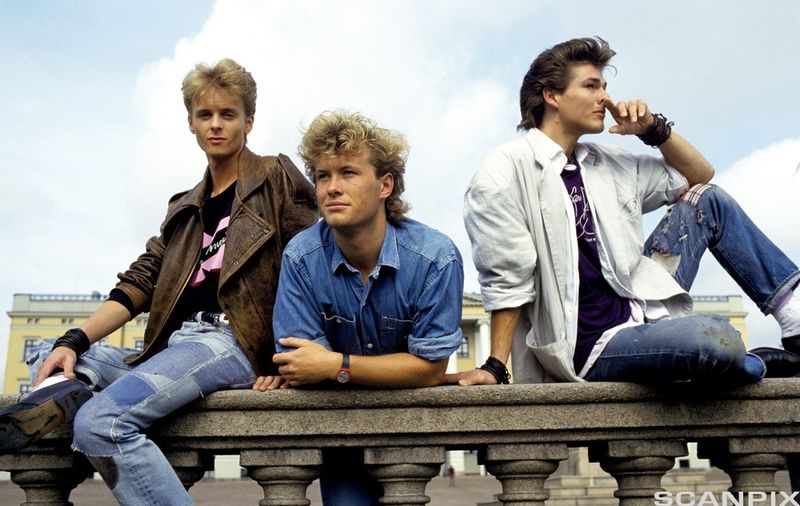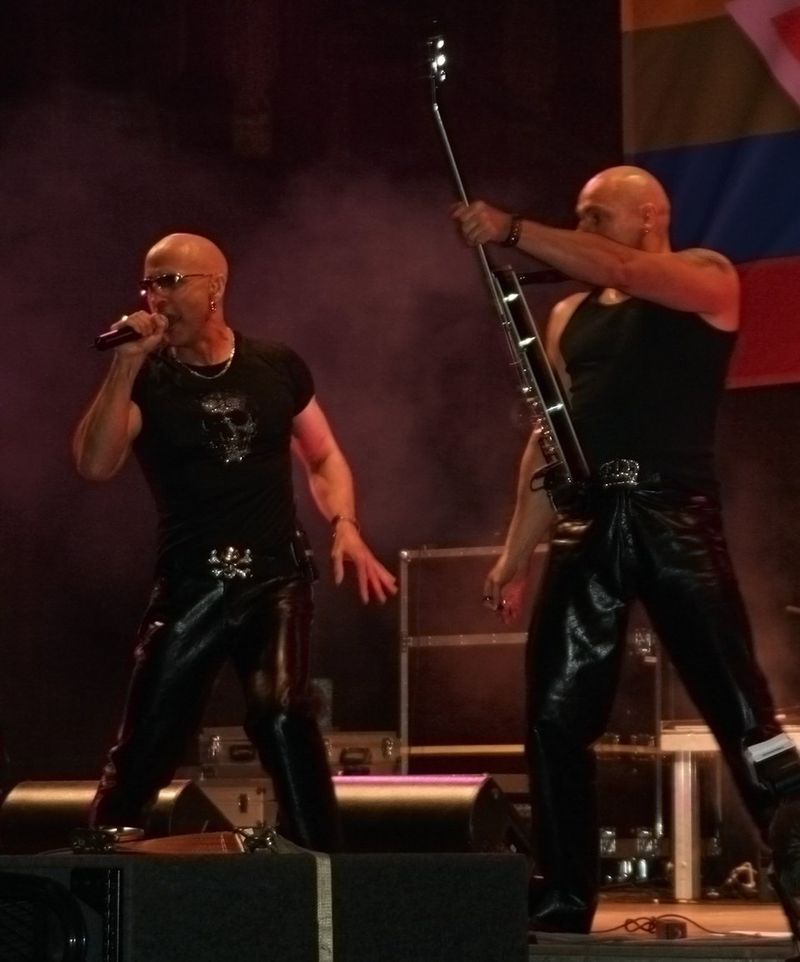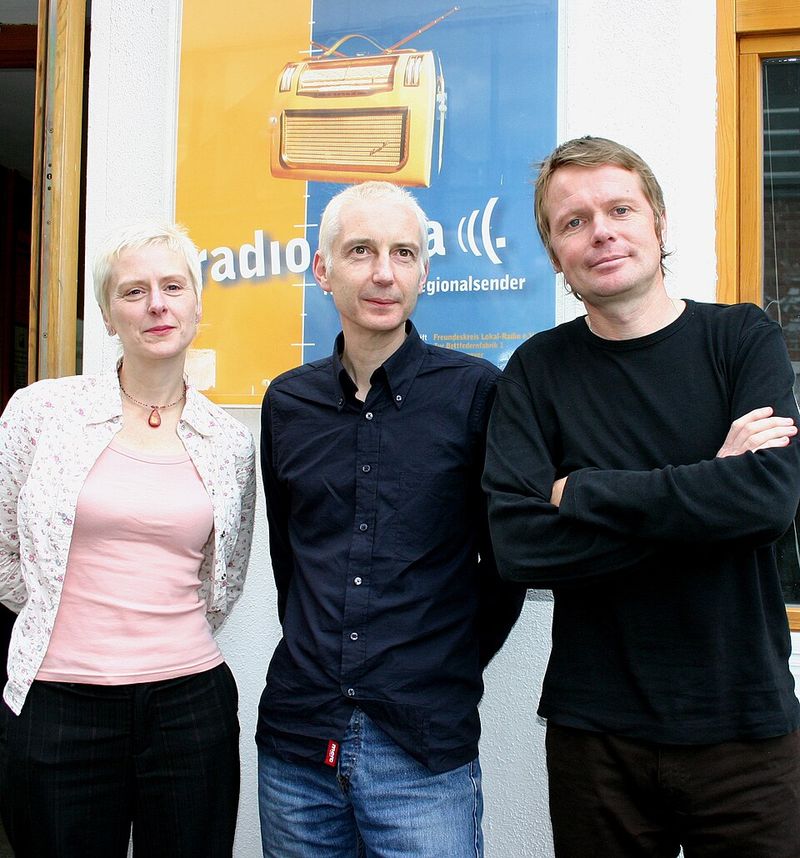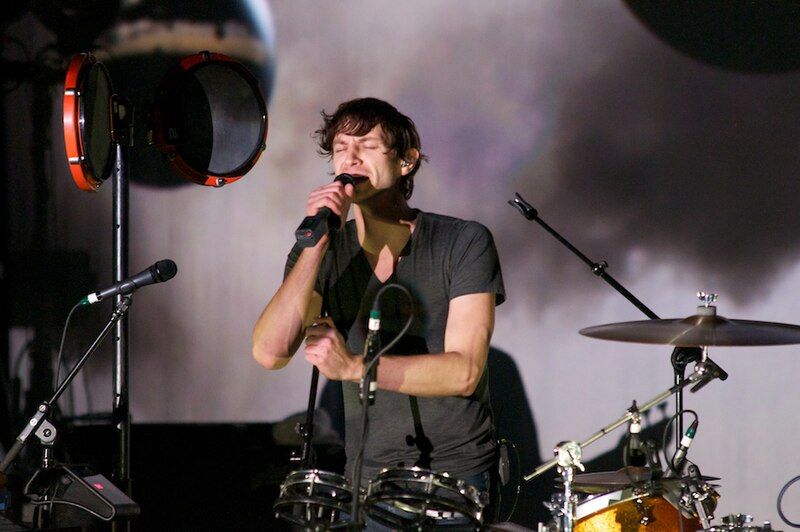Some songs don’t just climb the charts—they rewrite the cultural weather. These one-hit wonders detonated into the mainstream, took over radios, dance floors, and TV screens, then slipped back into the shadows. Their creators chased the spark, but the world only wanted that one lightning bolt. Dive in to revisit the unforgettable hooks, stories, and moments that defined them—and why we never stopped humming along.
1. The Tokens – “The Lion Sleeps Tonight” (1961)
The Tokens lifted a folk lineage into doo-wop starlight, turning “The Lion Sleeps Tonight” into a lullaby with skyscraper falsetto. Adapted from South Africa’s “Mbube,” its lilting “wimoweh” became a universal refrain. The single crowned charts, then lingered through decades, revived by films and children’s choirs. Follow-ups never eclipsed its spell, but this song hardly needed company. It’s pop as fairy tale—weightless and shimmering, a moonlit hum shared across generations. Legal and cultural debates about authorship shadow its history, deepening its complexity. Still, when the high note arrives, everything feels briefly enchanted.
2. Norman Greenbaum – “Spirit in the Sky” (1969)
“Spirit in the Sky” is a fuzzed-out hymn beamed from a desert chapel on another planet. Norman Greenbaum fused gospel cadences with psychedelic rock, creating a stomp that felt sacred and mischievous. The song soared internationally, then settled into decades of film trailers and ad syncs. Greenbaum never replicated its altitude, eventually drifting away from the industry. Yet the opening riff is a time machine: cosmic, dusty, and righteous. It’s singular because it feels inevitable, as if it had always existed, waiting for a fuzz pedal and a choir. One radiant blast of spiritual swagger, forever cruising the pop firmament.
3. Toni Basil – “Mickey” (1981)
With “Mickey,” Toni Basil cheer-chants her way into pop immortality, fusing punky bite with bubblegum bounce. The video—Basil in full cheer regalia—became MTV currency, converting visual charisma into chart power. Its clap-stomp rhythm and shouted hooks were engineered for instant crowd mimicry. Though Basil’s broader career thrived in choreography and film, pop radio crowned her for this one irresistible burst. The track’s gender play, athletic staging, and bratty charm made it strangely empowering. Decades on, it still punctuates sports arenas, commercials, and costume parties. A perfect storm of minimalism, motion, and megawatt attitude—one hit, endlessly chantable.
4. Soft Cell – “Tainted Love” (1981)
When Soft Cell reimagined “Tainted Love,” they electrified a forgotten soul tune into a cold, gleaming synth-pop pulse. Marc Almond’s haunted delivery floats over a spare beat that feels both intimate and cavernous, the very essence of club melancholy. The track ricocheted across continents, defining early-’80s nightlife and New Wave cool. Follow-ups charted in places, yet nothing equaled the icy perfection of this breakout. Its DNA threads through remixes, covers, and sample culture, immortalizing the song beyond the duo’s fame. Today, “Tainted Love” is shorthand for the era’s romantic disillusionment and neon heartache—timeless, efficient, unforgettable. DJs still deploy it like a secret weapon: minimalist drum thump, synth stab, and that immortal chorus, instantly transforming floors into a synchronized sway of memory and motion.
5. Dexys Midnight Runners – “Come On Eileen” (1982)
“Come On Eileen” is the joyous gallop of a thousand heartbeats, fiddles racing a drum shuffle toward euphoric release. Dexys fused Celtic folk swagger with pop urgency, delivering a chorus that feels like turning the corner and finding your future waiting. The single hit No. 1 on both sides of the Atlantic, then became a generational wedding staple. Their restless reinventions and shifting lineups, however, kept another crossover at bay. The song thrives because it’s cinematic—tempo shifts, suspensions, and a final sprint that demands communal singing. Even cynics surrender by the last refrain. One perfect dash of romance and rebellion, preserved in perpetual confetti, forever beckoning dancers to the floor.
6. A-Ha – “Take On Me” (1985)
“Take On Me” is pure, high-altitude pop—gleaming synths, a vertigo-inducing falsetto, and a video that tore through the fourth wall. A-ha’s rotoscoped, sketch-to-reality narrative didn’t just promote a single; it reinvented what a music video could do. The song hit No. 1 in the U.S., detonating the band into global mythology—brief but incandescent. Later releases earned loyal fans, yet none reached that singular, world-stopping moment. The track now lives as an all-purpose nostalgia trigger, instantly conjuring mixtapes, mall arcades, and MTV’s golden era. Its melodic lift, treble sparkle, and breathless urgency still feel futuristic. Few songs capture pop’s promise—to escape the mundane into romantic danger—so completely. One video, one chorus, forever etched into pop culture’s collective sketchbook.
7. Vanilla Ice – “Ice Ice Baby” (1990)
“Ice Ice Baby” blasted hip-hop onto pop’s brightest marquee, its hook borrowed from Queen and Bowie’s “Under Pressure.” Vanilla Ice rode that bassline to a historic No. 1, becoming ubiquitous almost overnight. The backlash—authenticity disputes, image critiques—arrived just as fast, collapsing the pedestal beneath him. Still, the track’s beat is instant recognition: a sonic logo for an era when rap leapt into suburban living rooms. It endures as kitsch and cornerstone, often simultaneously. Play it, and a room divides into eye-rolls and karaoke grabs—both valid responses to pop’s messy democratization. One beat, one crown, quickly tarnished yet never forgotten.
8. Right Said Fred – “I’m Too Se*y” (1991)
“I’m Too Se*y” sashays between parody and pop perfection, a strutting bassline with a smirk. The Fairbrass brothers weaponized camp—deadpan vocals, runway cadence, and gym-floor confidence—into a global chant. It was everywhere: commercials, montage scenes, aerobics classes. Their later efforts winked just as hard, yet the zeitgeist had already stamped them to a single wink. The track endures because it’s a meme before memes, expertly engineered for instant recall. Beneath the joke sits a brilliant hook and minimalist arrangement you can’t shake. Pop culture kept the punchline alive, repackaging it generation after generation. Put on the beat and crowds instinctively preen. It’s sly, silly, and truly sexy in its shameless commitment to the bit.
9. Blind Melon – “No Rain” (1992)
“No Rain” blooms with jangly guitars and a melody that smiles through loneliness. The bee girl—misfit icon of the video age—turned the song into a parable of finding your people. Blind Melon’s rise seemed assured until tragedy struck with Shannon Hoon’s death, freezing their arc in amber. The track remains their calling card, a bittersweet postcard from the alt-rock era. It’s gentle, insistent, and quietly luminous. One hit, one hive, and a feeling that somewhere, a field is waiting for you.
10. Sir Mix-a-Lot – “Baby Got Back” (1992)
“Baby Got Back” arrived like a megaphone, celebrating curves while poking at media standards. Sir Mix-a-Lot’s hook wrapped social commentary in an absolutely undeniable bounce, landing at No. 1 and sparking debates on taste, feminism, and representation. Though he kept releasing music, the public welded his legacy to that chorus. The track survives because it’s funny, confrontational, and rhythmically bulletproof. Dance floors still erupt on cue, and pop culture keeps sampling its DNA—see Nicki Minaj’s “Anaconda.” It’s a one-hit that altered conversations as much as playlists, a cheeky manifesto with a bassline built to last.
11. Billy Ray Cyrus – “Achy Breaky Heart” (1992)
“Achy Breaky Heart” line-danced across genres, turning Billy Ray Cyrus into a household name overnight. Its two-step simplicity and campy charm made it irresistible to country crowds and pop radio alike. The craze sparked lessons, TV features, and parodies that amplified its reach. Cyrus kept recording, but the cultural mania attached to this one hooked chorus. Love it or loathe it, the song democratized dance floors and welded itself to ’90s Americana. One grin-inducing earworm, forever boot-scooting through memory.
12. Los del Río – “Macarena” (1995)
“Macarena” didn’t just top charts; it rewired social gatherings into synchronized choreography. After the Bayside Boys remix added English lyrics and polished production, the Spanish original erupted into a universal dance language. Weddings, stadiums, classrooms—every space became a stage for those unmistakable moves. Its simplicity was its power, a beat built for communal joy and repetition. Yet lightning rarely strikes twice, and Los del Río slipped back to regional renown. The song’s ubiquity became both triumph and typecast, a joyous anthem occasionally treated like a guilty pleasure. Still, play the first bars and bodies remember. It’s pop as participation, ritualized and exuberant. One hit, a thousand memories, and an immortal chorus stitched into the ’90s’ glittering, carefree tapestry.
13. Chumbawamba – “Tubthumping” (1997)
“Tubthumping” distilled pub camaraderie and protest spirit into a roaring toast to resilience. The chorus—simple, circular, indestructible—made strangers instant allies. Chumbawamba, long a politically active collective, found themselves leading global sing-alongs instead of agitprop meetings. After the smash, they drifted away from pop gloss, reclaiming their roots and principles. The song remains a paradox: a radical band’s most universal, apolitical moment, adopted by sports arenas and birthday parties alike. Its brass stabs, chant vocals, and stomping beat feel engineered for communal catharsis. Even as the group avoided mainstream repetition, this anthem refuses to dim. One knockdown, endless get-ups—an evergreen chorus stamped into muscle memory and weekend karaoke lore.
14. The Verve Pipe – “The Freshmen” (1997)
“The Freshmen” whispers and breaks open like a memory you’ve tried to forget. The Verve Pipe’s somber storytelling, wrapped in restrained guitars and aching dynamics, found a wide audience in the post-grunge hush. It climbed high, then left the band with a legacy both defining and difficult to follow. The track’s confessionals—regret, consequence, blurred youth—continue to sting. It’s not built for arenas so much as late-night car rides and dorm hallways. One hushed anthem that proved understatement can be thunderous.
15. Eiffel 65 – “Blue (Da Ba Dee)” (1999)
“Blue (Da Ba Dee)” is Eurodance distilled: rubbery synths, a sticky topline, and lyrics as nonsensical as a dream you keep remembering. Eiffel 65 rode a cobalt wave to global ubiquity, their CGI-forward visuals doubling the novelty. They flirted with follow-ups, but nothing matched this intergalactic earworm. Its endurance lies in shameless fun—no subtext, just neon propulsion and a chorus you can’t stop repeating. The song resurfaces perennially via remixes, memes, and throwback sets. A silly classic? Absolutely. Also, indestructible.
16. Baha Men – “Who Let the Dogs Out” (2000)
The Baha Men detonated a question that became a cultural loop: who, indeed? Borrowed from Anslem Douglas’s original, their version injected carnival energy, whistles, and a barked call-and-response designed for bleachers. It grabbed a Grammy, infiltrated kids’ films, and echoed across sports arenas globally. Attempts to follow up never matched that ubiquitous hook, and the band receded from mainstream glare. Yet the track persists because it functions like a ritual: crowd ignition at the press of a button. It’s exuberant, a little ridiculous, and tailor-made for shared spaces. Cue the chorus and watch faces light, kids jump, mascots dance. As earworms go, this one has teeth—big, goofy, and impossible to ignore.
17. Wheatus – “Teenage Dirtbag” (2000)
“Teenage Dirtbag” gave misfits a rallying cry wrapped in jangly guitars and falsetto confession. Boosted by the film Loser, it traveled from cult favorite to global sing-along, especially at emo nights and throwback parties. Wheatus kept grinding, but nothing eclipsed that diary-entry chorus. The song’s staying power lies in specificity—metalhead crushes, locker-room humiliation—rendered with wry tenderness. Social media later resurrected it, rebranding nostalgia as community. It’s awkward, earnest, and triumphantly uncool, which is to say timeless.
18. Gotye – “Somebody That I Used to Know” (2011)
Gotye’s duet with Kimbra turns heartbreak into forensic poetry—clean lines, fragile percussion, and a melody that lands like a diagnosis. The video’s body-paint tableau, merging and separating with each phrase, became as iconic as the hook itself. The song conquered charts worldwide, proof that restraint can be thunderous when truthfully delivered. Afterward, Gotye retreated toward independence, exploring soundcraft beyond pop’s glare. That choice made the hit feel even more singular, a capsule of pristine melancholy. It’s a breakup memory refracted through art-house glass, revealing patterns you can’t unsee. Years later, the marimba motif and bare instrumentation remain unmistakable. One song, one universe: the anatomy of absence rendered as modern folk tale, carefully measured, devastatingly human.

